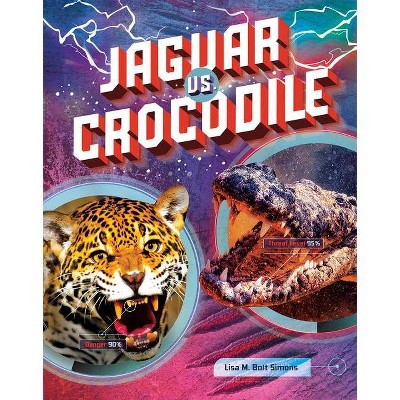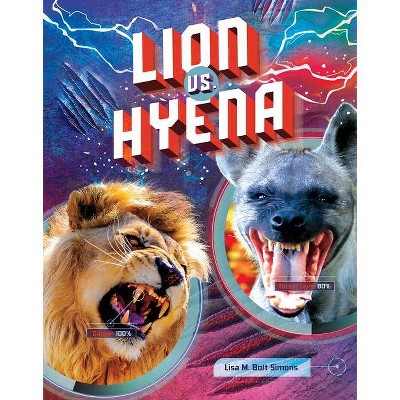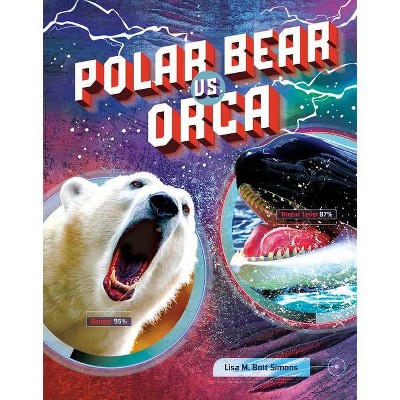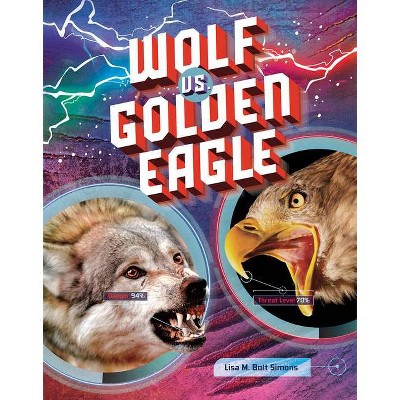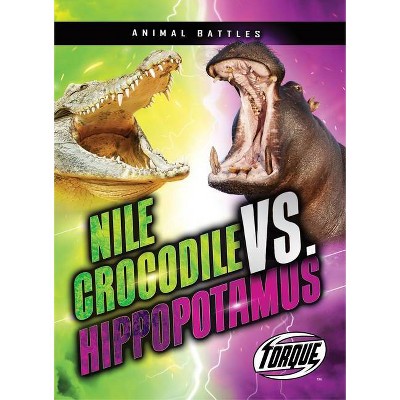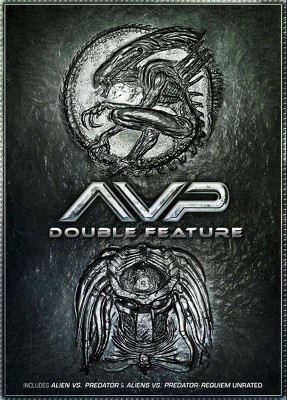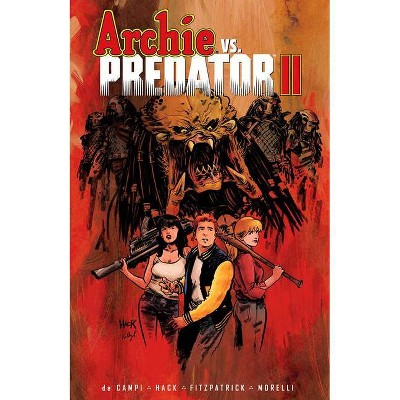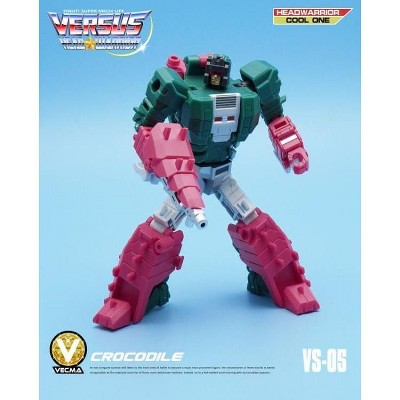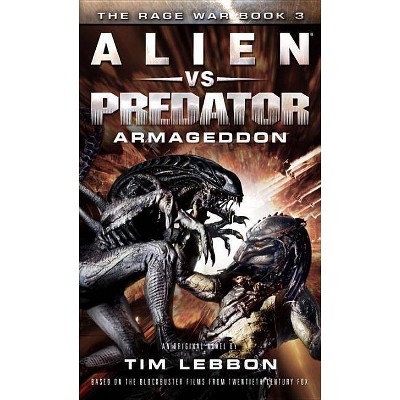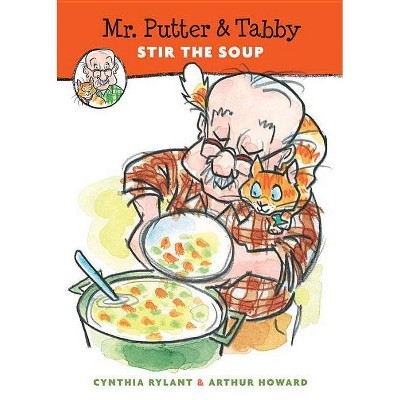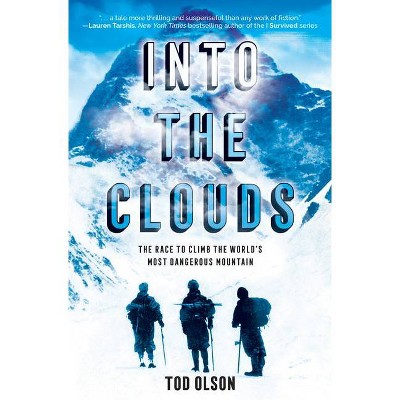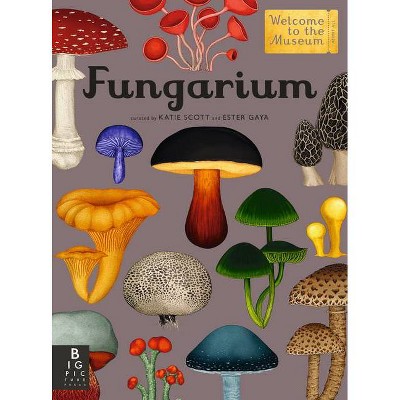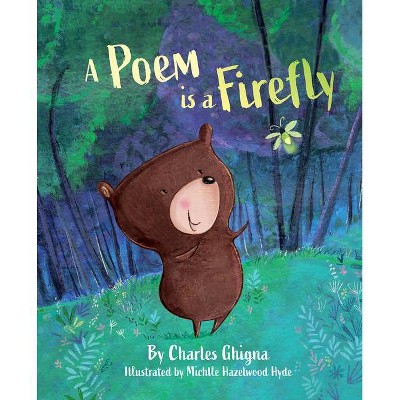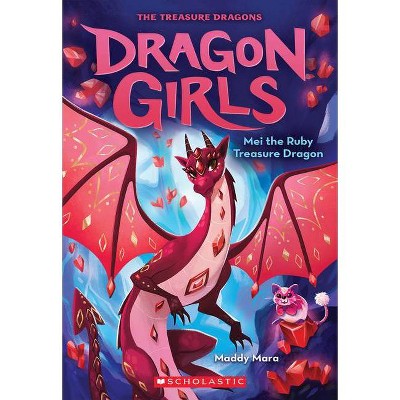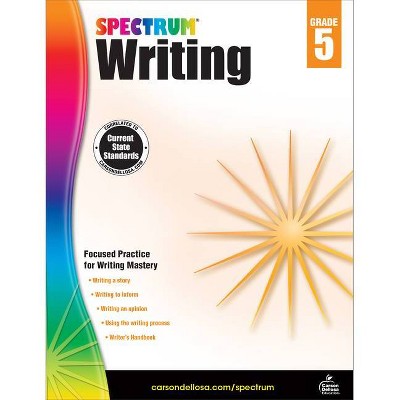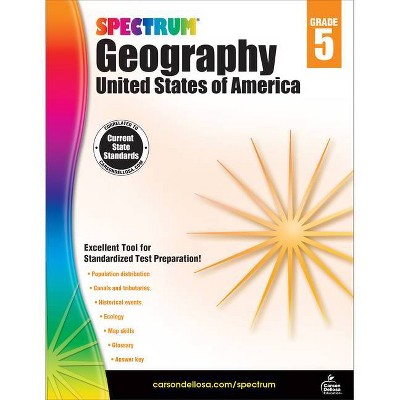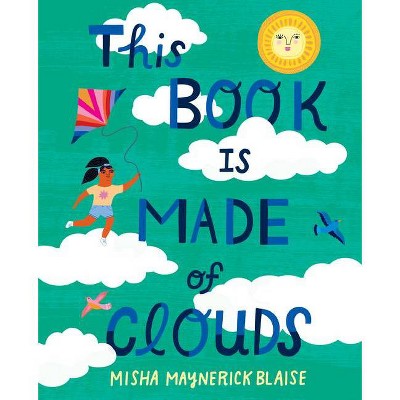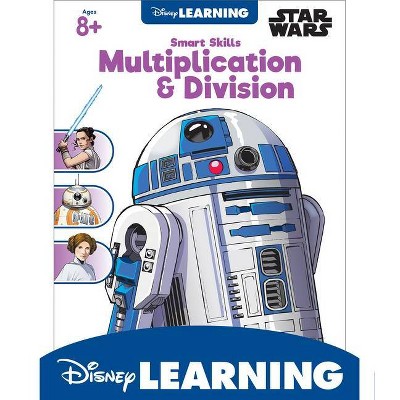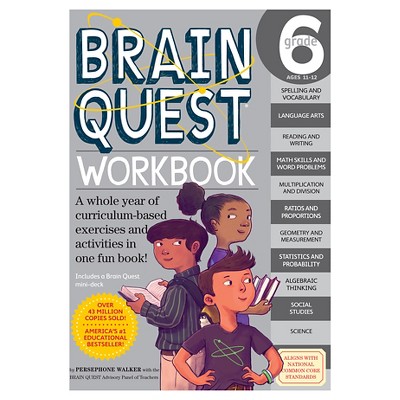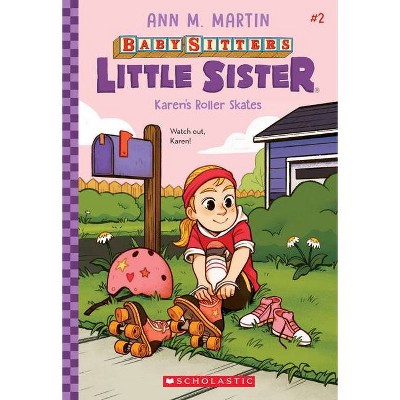Crocodile vs. Wildebeest - (Predator vs. Prey) by Mary Meinking (Paperback)
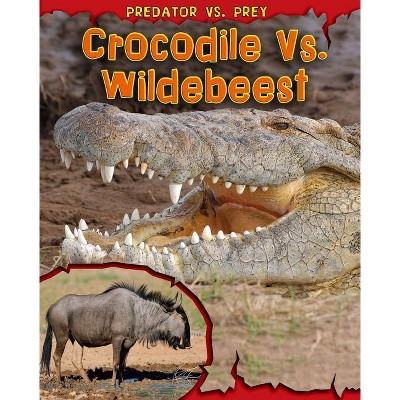
Similar Products
Products of same category from the store
AllProduct info
<p/><br></br><p><b> About the Book </b></p></br></br>Readers learn what happens when a crocodile attempts to catch a wildebeest.<p/><br></br><p><b> Book Synopsis </b></p></br></br>This book shows readers the battle that occurs when a crocodile tries to eat a wildebeest.<p/><br></br><p><b> Review Quotes </b></p></br></br><br>(3) K-3 Predator vs. Prey series. The struggle between predator crocodile and its wildebeest prey is described in clear language and illustrated with engaging color photographs. Meinking's careful choices about which parts of the animals' anatomy are aids or liabilities in terms of hunting or defense are parceled out at a pace that will keep readers with a bloodlust on the edges of their seats. Reading list, websites. Glos., ind. MLB (Miriam Lang Budin) The Horn Book GuideFall 2011-- "The Horn Book Guide"<br><br>Opening with attention-grabbing drama--Teeth pierce! Tails splash! (Dolphin), Claws rip! Horns stab! (Lion)-and using words like challenger, battle, and winner, each of these short texts presents a blow-by-blow encounter between a predator or group of predators and their common prey. Surprisingly (but realistically), the prey escapes (or in the case of Tarantula, successfully defends a clutch of nestlings) in five of the eight titles. Dolphin includes a simplistic claim that A dolphin will help an injured person in the sea, but in general the information is accurate. In Crocodile, Owl, Shark, Tarantula, and Wolf, close-up scenes of feasting predators may disturb more sensitive young viewers (in the volumes on the other creatures, predator and prey are seen in different pictures), but for the most part the photos are more exciting than disturbing. School Library Journal April 2011-- "School Library Journal"<br><br>Snarling, biting, running, hiding, ripping teeth, sharp antlers, and slashing hooves... all of these terms are used, along with many others, in describing animals in the Predator vs. Prey series. Students in grades 3-5 will be intrigued by these books. Each sets up opponents as competitors in a contest--a life and death struggle depicted by beautiful action photographs of the predators and prey. The adaptations of each competitor are described, as are their sizes, weights, and particular strengths. A color-coded world map shows the animals' locations; this could be useful in tying geography in with the science curriculum. Potentially new vocabulary terms are presented in bold type to make it easier to pick them out in the text. Some of the terms may already be familiar to older readers but to younger ones this is very helpful. Yellow Did You Know information balloons present interesting facts that are important to understanding the animal. In addition, there is a Find Out More section listing additional books and websites. The final pages of text describe the winner of the contest (with some surprises) and the odds of the predator catching the prey. Each 32-page book in the series ends with a traditional glossary and index, which will be useful to readers. This is a great book series that will help get young students interested in science and at the same time dispel some myths (like the idea that wolves, sharks, and lions always get their prey). In Crocodile vs. Wildebeest, the description of the teamwork of crocodiles in getting a meal is interesting. The crocodile is the winner of this battle. Being a carnivore, even a large and powerful one, is hard work. The adaptations in predators and prey are good lessons for elementary students. Every elementary teacher in grades 3-5 should have this series available for reading. It will promote interest in science in a broad array of students. Reviewer: Steve Canipe NSTA Recommends 2/23/2011-- "NSTA Recommends"<br><br>This non-fiction book looks at two natural African enemies: the crocodile and wildebeest. This book is a part of a larger series with seven additional titles. The book examines each animal separately and then compares them and their natural abilities and skills. The photographs in the book are clear and realistic. There are photographs of a crocodile attacking a wildebeest, however, the photo is not too graphic (i.e.: there is no blood). Many primary and intermediate students will love this book (as they do the companions in the series) for its content and photographs. Young readers who love non-fiction will love this book, as well as boys who like this type of extreme topic. -Mary-Ellen Doyle, Benson West School Omaha Public Schools 10/14/2011-- "Omaha Public Schools"<br><br>This series has large color photographs, many of which are close-ups, showing the predator chasing its prey. Although the prey is sometimes caught and eaten, the pictures are not gruesome. Each of the books has unfamiliar words in bold. These words can also be found in the one-page glossary. There are captions with arrows pointing to particular areas of interest in the photographs. A drawing of a globe, with one of these captions and a key, shows where the predator and prey live. A short story concerning the predator and prey ends in one of them winning in the chapter titled And the Winner Is followed by a chapter explaining how often the predator catches its prey. Bibliography. Glossary. Websites. Index. - Janet Luch, Educational Reviewer, Visiting Professor DeVry University, Adjunct Instructor SUNY New Paltz, Touro College, University of Phoenix Online Library Media Connection August/September 2011-- "Library Media Connection"<br>
Price History
Price Archive shows prices from various stores, lets you see history and find the cheapest. There is no actual sale on the website. For all support, inquiry and suggestion messagescommunication@pricearchive.us
